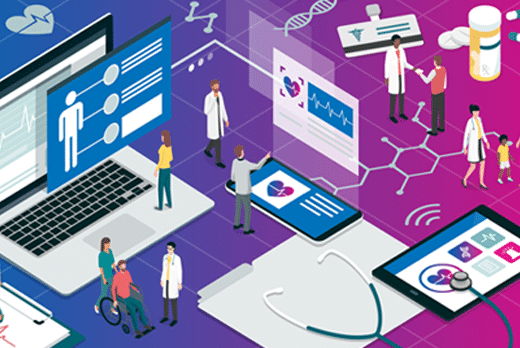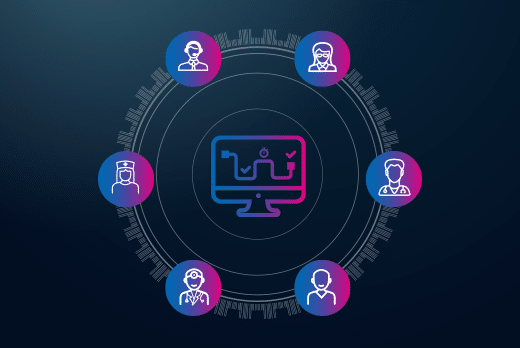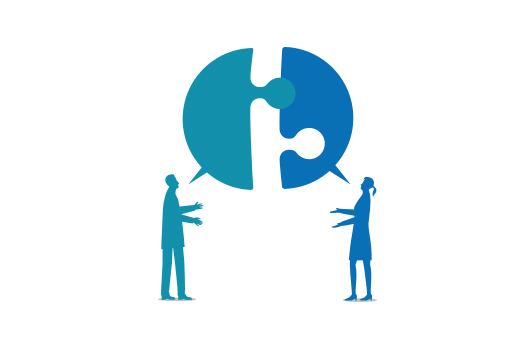
How hospitals are integrating Augmented Reality and other tech to improve patient experience
By Rick Halton, VP Product & Marketing, Lumeon • Article originally published at MedCityNews.com New, emerging technologies are turning patients into savvy healthcare consumers with higher expectations around the services they receive. From wearables to telemedicine, virtual and augmented reality, 3D imaging, and artificial intelligence, patients are increasingly drawn to cutting-edge experiences, similar to what […]










